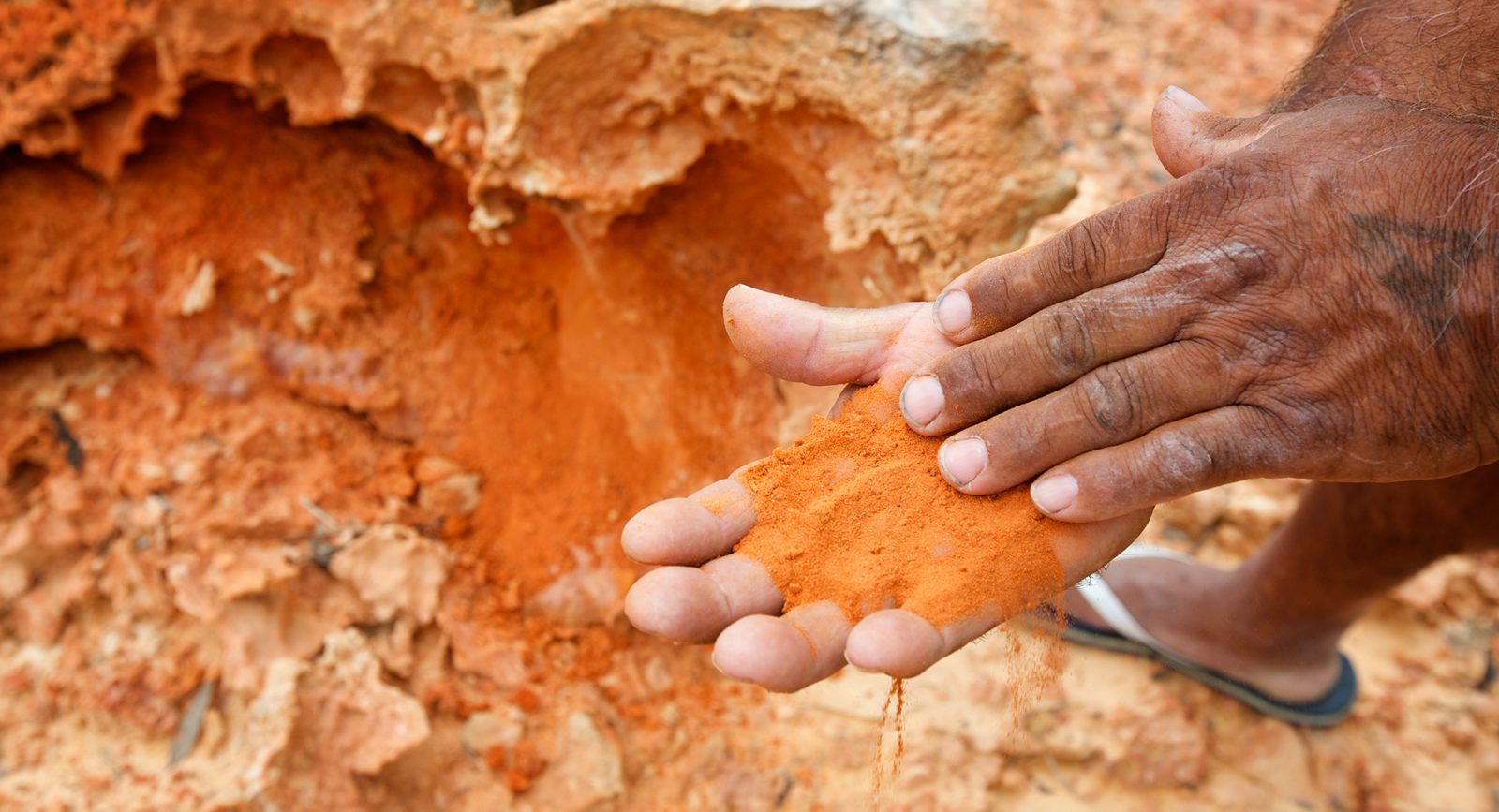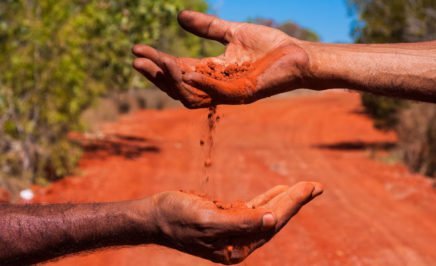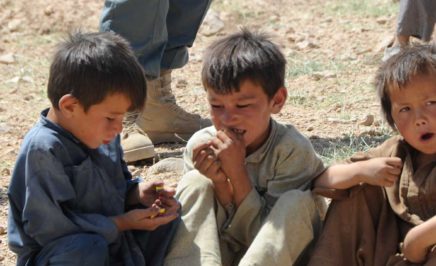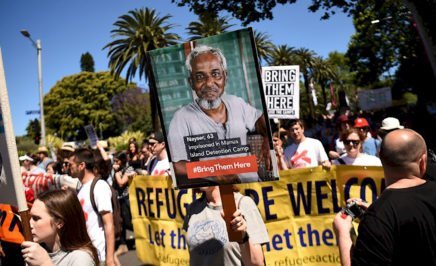What are the solutions to keeping Indigenous kids in communities and out of detention?
All over Australia – in urban, regional and remote communities – Indigenous leaders and community members know the way forward for their children. With Indigenous-designed and led community programs, kids can grow up in an environment that nurtures their potential rather than being trapped in the justice system.
Now Indigenous leaders need support to make their solutions a reality.
Empowerment and belonging: Eugene’s solution
“We gotta get them back to country to mould them and shape them to be strong so they can step up to the next level…. safe places like Nowanup.” Eugene Eades
Eugene Eades, a Noongar man from the South West of Western Australia, has spent a lifetime working to secure Indigenous rights. Over the past 10 years he has worked with Indigenous kids, especially those at risk of being caught in the justice system.
His solution for kids is simple: use culture and connections to build them up strong instead of breaking them in prison cells.
So in 2009, together with other Noongar Elders, Eugene ran a cultural knowledge camp for Indigenous young people as an alternative to detention.
The camp took place at a property called Nowanup, a meeting place for Noongar people 200km north of Albany in the south west of Western Australia.
How does Nowanup work?
The Nowanup camp helps kids reconnect to themselves, their culture and community.
“For the first time some of those kids got to have an experience like they’ve never had before. For the first time they get to walk on ancestral country.
“For the first time some of those kids got to have an experience like they’ve never had before. For the first time they get to walk on ancestral country.” Eugene Eades
“They learnt the song and dance about respect for self. They learnt the stories of their old people that were were the first caretakers of the country … They walked the trails that their old people used to take young people on a long time ago, to learn about respect for the land.”
And it worked: kids came back from Nowanup happier, healthier, and with a sense of belonging.
Eugene said of the four boys who took part in the camp in 2009:
“I could see that they were empty. And after being here for a while, they started getting ideas of culture …
“Those four young fellas that I had here, the outcome from them being [on Nowanup] for those nine weeks and what they learnt about their culture and heritage and dreamtime, it changed their lives forever… they felt proud like a young Noongar man would after learning such things.
“These young fellows then go back to support their Elders in their own towns.”
“The sky’s the limit if we work together.” Eugene Eades
The question of funding
Despite Eugene’s success, his and similar Indigenous-designed programs are struggling to find the funding to stay alive. Instead Australia hears more and more stories of Indigenous kids in detention.
The program at Nowanup was entirely unfunded. Eugene worked without pay and the parents funded the boys’ board and keep.
“It was a very sad situation because I have never ever liked at any time in my life, taking food off a mother or money off a mother, or a father or a home.”
Eugene is not currently receiving any funding or delivering any programs for youth in contact with the justice system, despite a wish to do so.
In 2005, the Western Australian Law Reform Commission concluded that there is an “urgent need” for more effective diversionary options for Aboriginal youth that deal with underlying problems and involve families. They found that diversionary options that are managed or controlled by Aboriginal communities should be encouraged and that “in all cases government support is required in developing and resourcing diversionary programs.”
This is echoed in a recommendation made 14 years earlier in the National Report of the Royal Commission into Aboriginal Deaths in Custody.
The way forward
Not only are there many Elder, senior and young Indigenous people wanting to enter the youth justice space to assist Indigenous young people, a number of magistrates have told Amnesty researchers that they want to work with local organisations and need more local options. Both communities and leaders, as well as judges and justice workers, now need the support to make this happen.
“I just wish that in my time I’ve got left, that we see some really good outcomes, that our young people are given a chance, to go forward without being put into prisons and going through all that,” says Eugene.
“I just wish that in my time I’ve got left, that we see some really good outcomes, that our young people are given a chance, to go forward without being put into prisons and going through all that.” Eugene Eades



